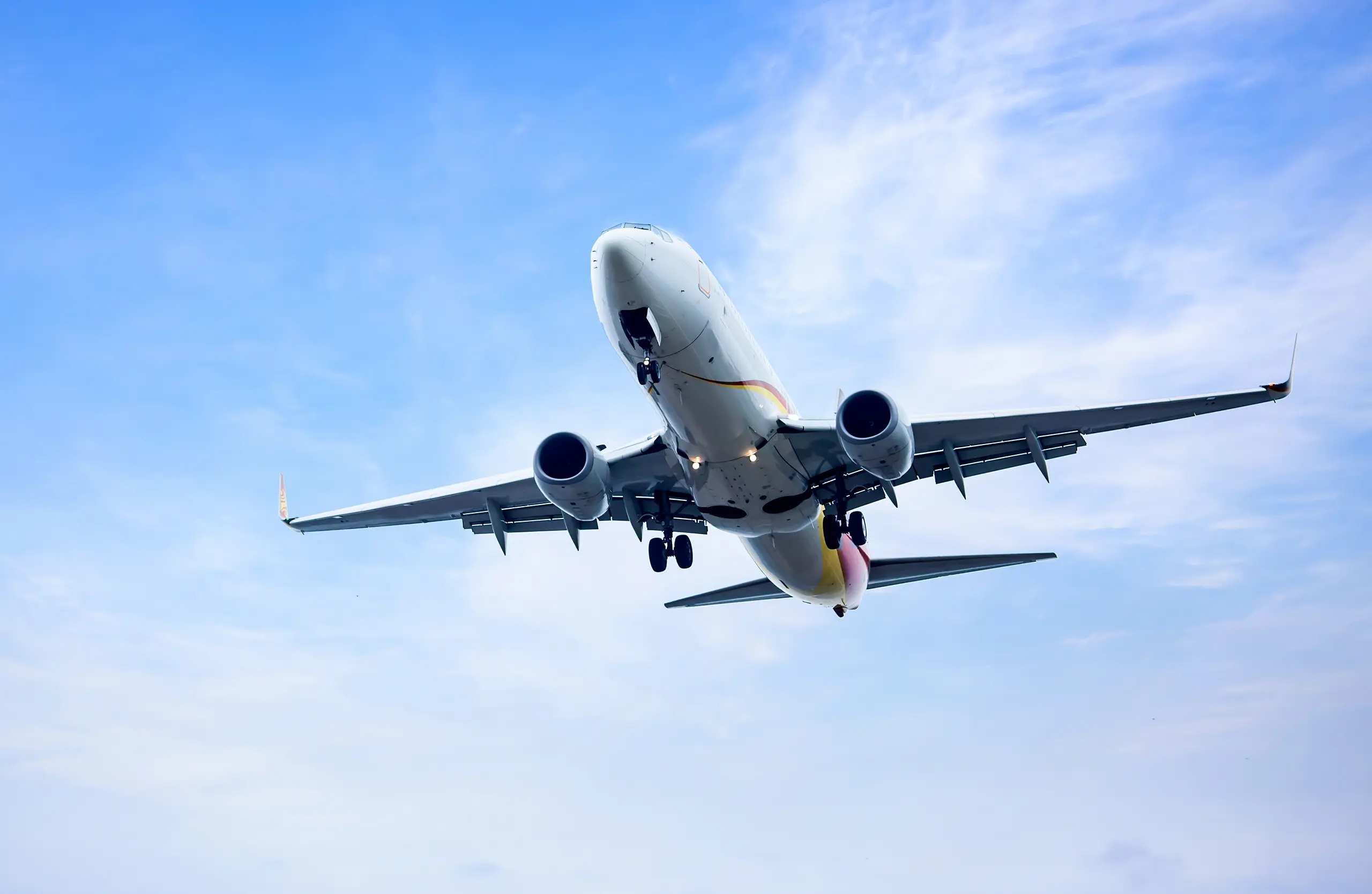A Closer Look at the United Airlines Flight UA770 Emergency Diversion
When air travel encounters unexpected technical issues, the safety and professionalism of an airline come under the spotlight. One such incident that drew attention recently was the United Airlines Flight UA770 emergency diversion, which unfolded with calm coordination and swift decision-making.
What Happened on United Airlines Flight UA770?
According to early reports, United Airlines Flight UA770 experienced a technical irregularity while en route to its scheduled destination. The flight, which had taken off on time, was flying at cruising altitude when the cockpit crew detected something abnormal in the aircraft’s systems.
Rather than take any risks, the flight crew followed safety protocols and initiated an emergency diversion to the nearest suitable airport.
Understanding Emergency Diversions in Air Travel
An emergency diversion occurs when a flight is rerouted from its original destination due to safety concerns. These can be triggered by:
- Mechanical or technical issues
- Medical emergencies
- Severe weather conditions
- Security threats
In the case of UA770, the diversion was linked to a technical issue—an onboard system irregularity that required immediate attention.
Where Did UA770 Divert To?
While the specific airport has not been confirmed in all reports, emergency diversions typically head to the nearest major airport that can accommodate the aircraft’s needs and ensure safety for passengers and crew. These decisions are made swiftly, based on factors like air traffic control availability, runway length, and ground support.
How United Airlines Handled the Situation
United Airlines is known for its commitment to safety, and their handling of the Flight UA770 emergency diversion reaffirms that reputation. Upon detecting the issue:
- The flight crew informed passengers calmly and clearly.
- The aircraft was rerouted and safely landed at the diversion airport.
- Ground support teams were on standby to inspect the aircraft.
- Passengers were either rebooked or accommodated accordingly.
Passenger Reactions to UA770 Diversion
Several passengers took to social platforms to share their experiences, praising the professionalism of the cabin crew and pilots. While any diversion can be stressful, travelers appreciated:
- Transparent updates from the crew
- Swift decision-making
- Priority given to safety over schedule
Some mentioned that while they were delayed, they felt reassured by how the airline communicated every step of the process.
Importance of Technical Systems and Monitoring
Modern airplanes, like those used by United Airlines, are equipped with highly sensitive monitoring systems. These systems detect even the slightest irregularity, ensuring that preventive measures can be taken before anything escalates.
This was the case with Flight UA770—an issue was identified early enough for action to be taken without endangering passengers or crew.
Safety First: The Golden Rule of Aviation
One of the main takeaways from the United Airlines Flight UA770 emergency diversion is the unwavering focus on safety. While delays and disruptions may frustrate passengers, the reality is that:
- Every emergency diversion is a preventive move.
- Aviation authorities and airlines prioritize life and well-being over punctuality.
- These incidents show how air travel remains among the safest modes of transport.
What Happens After a Diversion?
Once an aircraft is safely diverted, here’s what typically follows:
- Inspection and Repairs – Maintenance teams conduct a thorough review of the technical issue.
- Passenger Rebooking – Airlines arrange alternative flights for affected travelers.
- Incident Report – Airlines often file reports to aviation authorities for review and transparency.
- Internal Review – To prevent recurrence, the incident is analyzed, and improvements are made if needed.
United Airlines is expected to follow this exact protocol post-diversion of Flight UA770.
Lessons for Travelers
While passengers rarely anticipate mid-air diversions, it helps to be prepared. Here’s how:
- Stay calm: Trust the crew and airline to handle it professionally.
- Stay informed: Listen carefully to crew announcements.
- Be flexible: Understand that diversions are for your own safety.
- Keep essentials handy: Always carry your medications and chargers in your carry-on.
Conclusion
The United Airlines Flight UA770 emergency diversion is a perfect example of how technology, training, and protocols come together to protect passengers in the air. Although technical glitches are rare, it’s reassuring to know that airlines like United respond promptly, transparently, and effectively when such situations arise.
Air travel is a complex operation, and when handled with care—as was done in this case—it reminds us why major carriers continue to earn travelers’ trust every day.






